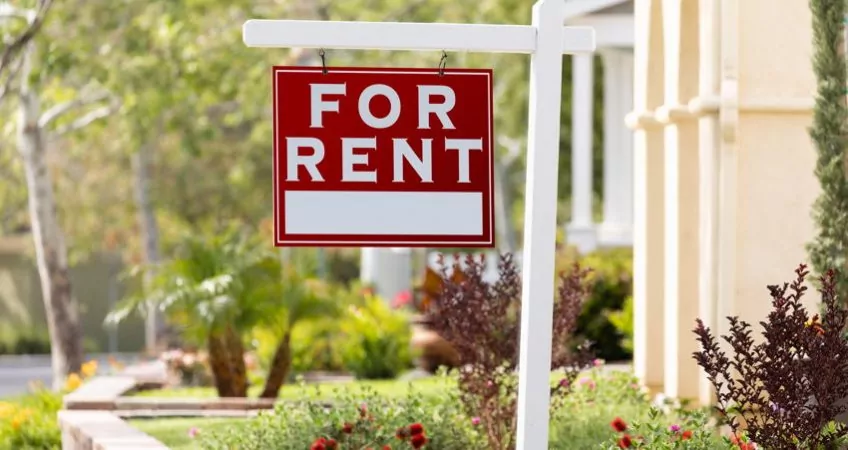
Why I Never Buy Rental Property Based On Gross Yields
This Is The Only Way To Compare One Overseas Property Investment Option With Another
How to compare one investment to another… one property to another… one return to another?
These are constant challenges of the global property investor. Everyone has his opinion and strategy, including developers and promotors of real estate investments.
Fortunately, some basic financial tools exist to help us compare different investments.
In the case of a rental property that is ready to rent as soon as you close on it or shortly thereafter, you can (and should) use the projected annual rental yield as the basis for comparison with other such properties you’re considering.
Best case is when the property has been generating cash flow from rental income for some time. This historic yield, which you should be able to get from the seller, is a solid basis for comparisons. Properties with no rental history require more guesswork.
When comparing one rental property to another… especially properties in different countries… I recommend basing the comparison on net yields before income taxes.
Income taxes are difficult to pin down. They vary country to country and person to person, depending on your individual circumstances.
Some countries don’t tax rental income if the net amount is below the threshold for incomes taxes in that country. The United States, for example, gives singles a US$12,000 deduction before taxing the income. That means you can earn up to US$12,000 as a single individual before you owe taxes on any income.
Other countries have similar tax-free bands, and a single, small rental property could well generate net income below that band… meaning no tax due.
Other countries, including Portugal, for example, tax rental income at the source at the rate of 25% of the gross.
In most countries that tax in this way, you can file a return at the end of the year to ask for the refund of any overpayment (after calculating net income and seeing where that leaves you relative to the country’s tax bands). Usually, though, it’s not worth the cost of the accountant typically required for this kind of filing.
If you’re an American, you also have to remember your obligation to Uncle Sam.
All of that is to show that, given all the variables to do with the country where you’re making the investment as well as your personal situation, trying to compare after-tax net yields is complicated. That’s why I say, again, stick with net yields before taxes.
Your net cash flow is what remains after deducting all expenses—that is, property taxes, rental management fees, utilities, an amount for maintenance and repairs, HOA fees, etc. That gives you your net income, which you can divide by your total investment in the property to calculate net yield.
The total investment in the property isn’t just the purchase price. You need also to factor in closing costs, including transfer taxes, attorney fees, and registration fees, and any renovation, improvement, and furnishing expenses.
Your property cost should include the total capital outlay.
A rental property anywhere should earn you 5% to 8% net. Less than that and your capital isn’t producing for you as it should. More than that and you’re enjoying a temporary distortion in the market.
Remember, this is just the income part of your investment return. The property could appreciate in value while you own it, but it’s difficult if not impossible to project that. You can make assumptions based on current market conditions and historic appreciation rates… but they are only assumptions. Guesses.
Bottom line, don’t bank on capital appreciation. Treat it as gravy if it happens.
For example, in the United States, it’s generally reasonable to assume a minimum rate of appreciation of 3%. However, we all remember 2008, right?
Gross Is For Idiots
Many promotors of rental investments like to talk about rental yields in terms of gross yields—that is, the gross rental income earned in a year divided by invested capital.
Some even use gross rental income divided by sales price when calculating the yield on a property.
I think of that as Calculating Yield For Idiots.
That does not give you a real picture of your return on investment.
The operating costs of a property can be considerable. Management fees can be as high as 25%… even 35% in some markets for a property being rented short-term. That alone could take a 15% gross yield down to 10%…
And that’s before factoring in utilities, property taxes, HOA fees, repairs, maintenance…
Some promotors will use a high occupancy rate to figure the return from a short-term rental. This boosts both gross and net yields. But it’s dangerous… because it’s usually not realistic.
Depending on the market, you should expect short-term occupancy rates to be in the range of 35% to 60%. Walk away from anyone who guarantees you a short-term occupancy rate of 85% or higher. That equates to 100% occupancy when you factor in lost days for renter turnover. Few properties will rent that well.
A gross yield of, say, 15% could easily net to 6%, depending on the market and the expenses.
Nothing wrong with a net return of 6%. That’s in my acceptable range. However, you want to know that that’s what you’re looking at before investing.
That is, how can you compare a 15% gross yield from one property with a 6% net yield from another property? Which one should you invest in?
It’s impossible to answer that question unless you factor the gross yield down to the real net return.
Lief Simon



